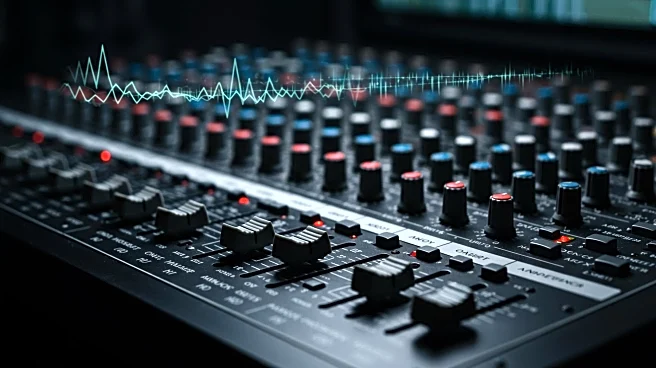Rapid Read • 8 min read
Billboard's rock and alternative charts provide a comprehensive overview of the evolving landscape of popular music genres. These charts track various subgenres that originated in the mid-1900s, including rockabilly, blues, folk, R&B, jazz, and country. Billboard categorizes these into rock, alternative, and hard rock subcategories, using data from streaming, radio airplay, and sales provided by Luminate. The Top Rock & Alternative Albums and Hot Rock & Alternative Songs charts showcase the leading titles in rock and alternative music, including alternative pop, dance, and R&B. Additionally, Billboard publishes radio-focused rankings such as Alternative Airplay, Mainstream Rock Airplay, and Adult Alternative Airplay, which track plays across different formats. The Rock & Alternative Airplay list combines these formats into a single audience-based tally. Notable performers in the 2020s include Zach Bryan, Coldplay, Billie Eilish, Fall Out Boy, Imagine Dragons, Noah Kahan, Linkin Park, John Mayer, Panic! At the Disco, Shinedown, and Twenty One Pilots.
AD
The Billboard charts serve as a critical barometer for the music industry, reflecting consumer preferences and trends in rock and alternative music. These rankings influence radio programming, streaming playlists, and marketing strategies for artists and record labels. By highlighting top performers and emerging trends, the charts help industry stakeholders make informed decisions about artist promotion and genre development. The inclusion of diverse subgenres like alternative pop and R&B indicates a broadening of musical tastes, which can lead to increased cross-genre collaborations and innovation. For artists, appearing on these charts can significantly boost their visibility and career prospects, while fans gain insight into popular and emerging music trends.
As the music industry continues to evolve, Billboard's charts will likely adapt to new listening habits and technological advancements. The integration of streaming data and radio airplay will remain crucial in capturing the full spectrum of music consumption. Artists and labels may focus on digital strategies to enhance their chart performance, including targeted social media campaigns and collaborations with streaming platforms. Additionally, the rise of new subgenres and fusion styles may lead to further diversification of the charts, offering opportunities for artists to reach wider audiences. Industry stakeholders will continue to monitor these trends to stay competitive and relevant in the dynamic music landscape.
AD
More Stories You Might Enjoy










